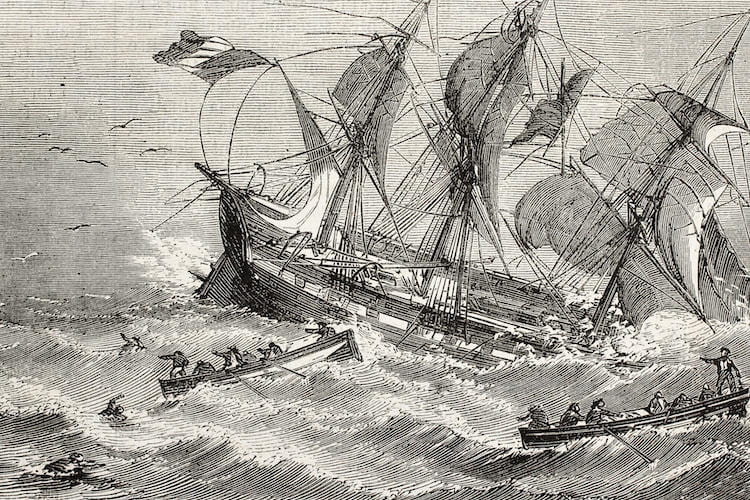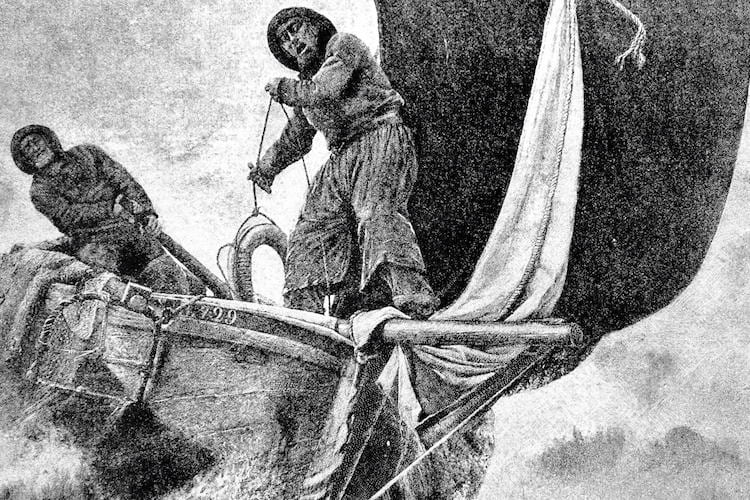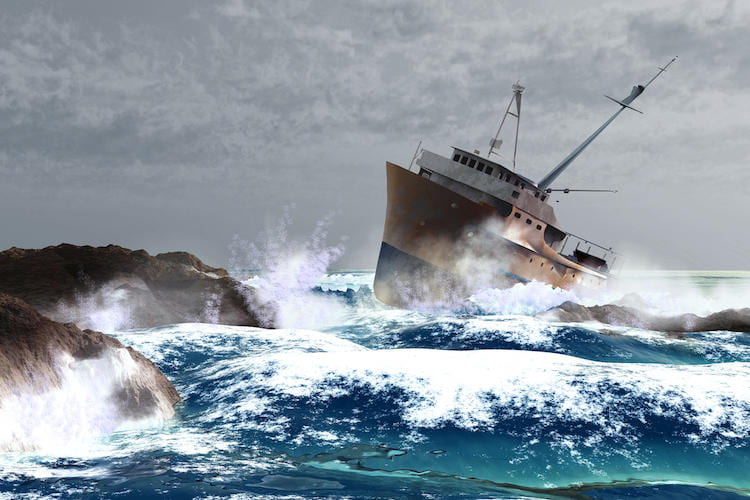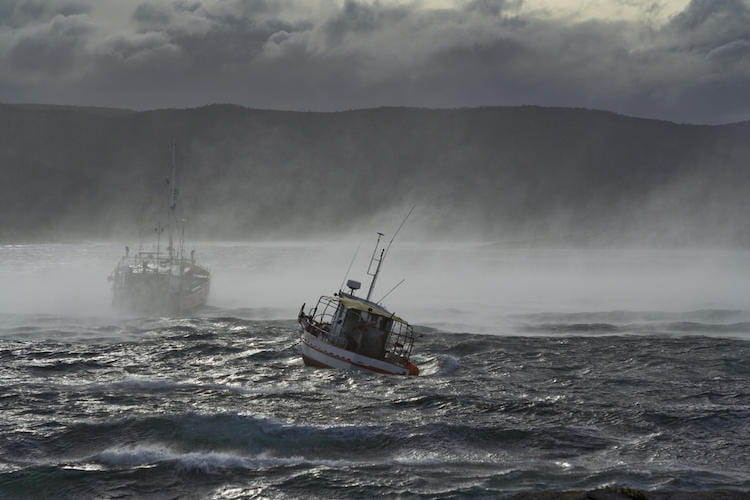Governments are most important in times of public crisis, such as the COVID-19 pandemic.
Individuals—no matter how talented or self-reliant—look to their governments for help, to empower or deploy the powers and potentialities of the collective. But many people tasked with leading public organizations in times of crises struggle to know how to rise to the occasion. This is a particular challenge in governments that have low capability or are trying to build capability: leaders in such situations can easily feel like captains on small boats facing high winds and big waves.
This Public Leadership Through Crisis blog and accompanying podcast series offers ideas for leaders questioning how they can help and what kind of leadership is required in crises. Each blog offers a few ideas as well as questions for reflection, thus creating a space for learning and contextual reflection.

March 15, 2020
Blog 1: Can Public Leaders Navigate High Winds and Big Waves in Little Boats?
Public officials can struggle to know how to rise to the occasion of a crisis, especially if they have lost sight of their mission to serve the public interest. In the first post of the series, Matt Andrews addresses how public leaders might think of themselves in the face of a crisis.

March 16, 2020
Blog 2: Know Your Motivation, Put Communications and Key People First
Public leaders are in a position to help people move beyond avoiding a frightening situation to facing it. This post outlines how leaders can use thoughtful communication and key people to spur action during a crisis.

March 16, 2020
Blog 3: Be Brave, Calm, Adaptive; There is No Perfect Crisis Response
Driven by tendencies to point fingers or wait for perfection, public officials can freeze or act too slowly during a crisis. Alternatively, the drive to act quickly can lead to rash decision-making. This post outlines the need for leaders to adopt a balanced, adaptive mentality when addressing a crisis.

March 17, 2020
Blog 4: You as a Leader must be Smarter than your Brain
Cognitive biases can impair a public official’s ability to think clearly, and therefore lead effectively during a crisis. This post outlines ways leaders can identify and overcome common psychological traps.

March 17, 2020
Blog 5: Good Communication Ideas You Might Consider
Communication is a key act of leadership that helps people deal with fear and accept change in the midst of a crisis. This post outlines five ideas for good communication and provides examples of leaders communicating effectively about COVID-19.

March 18, 2020
Blog 6: Know your Role, Empower Others to Play their Roles, and Stay in your Lane
Successful leaders avoid taking on too many roles, leaving room for others to lead alongside them. This post outlines the different leadership roles that need to be filled during a crisis and provides reflection tools to help leaders stay in their lanes.

March 19, 2020
Blog 7: Additional Resources for You: Examples, Advice, and Ideas
This post provides extra resources for those leading through crisis, including examples of how others are leading through COVID-19, advice on how to lead a remote team, and ideas for personal care.

March 20, 2020
Blog 8: You’re not Ready. No One is. Prepare to Work Differently.
No organization is fully prepared to address the crisis of COVID-19, but all leaders are in a position to help their organizations build capabilities to help solve the problem. This post outlines key capability constraints that organizations face and offers ways for leaders to empower latent organizational abilities.

March 23, 2020
Blog 9: Pursue Flat, Fast, and Flexible Organizing Structures
Hierarchical structures often hinder an organization’s ability to address new problems. This post offers a model of a non-hierarchical structure that can be used during a crisis, along with the organizational norms that must be adopted to ensure the new structure works.

March 25, 2020
Blog 10: Leadership Lessons from Experience in Past Crises
Having worked in a variety of crises contexts, Shruti Mehrotra offers her insights on leadership during crisis. Matt Andrews uses their conversation to expand upon the importance of trust, balance, and teams, that he has discussed throughout the series.

march 30, 2020
Blog 11: Reorganizing your Hierarchical Structure to Address the Crisis
As discussed in Blog 9, hierarchical structures often hinder an organization’s crisis response. This blog draws upon Liberia’s response to the Ebola crisis to demonstrate how organizations can adapt a more effective, decentralized structure in the midst of a crisis.

April 1, 2020
Blog 12: Course Correct; It’s Hard, but You Must–and Can–Do It
Leaders are bound to make mistakes while handling a crisis, making it imperative for them to adapt and change course when necessary. This post offers ideas on how leaders can communicate course changes effectively, while maintaining the trust of their people.

April 6, 2020
Blog 13: Tolbert Nyenswah on Leading Through Liberia’s Ebola Epidemic
As the leader of the Liberian government’s response to the Ebola epidemic, Tolbert Nyenswah knows firsthand what it’s like to lead through crisis. This blog highlights the key lessons he outlined in his discussion with Matt Andrews and Peter Harrington.

april 8, 2020
Blog 14: Lessons on Crisis Communication from Liberia’s Ebola Epidemic
Fostering behavior change during a public health crisis requires thoughtful, clear communication. In this post, Peter Harrington draws upon his experience working on social mobilization during the Ebola epidemic to offer examples of effective crisis communication strategies.

april 9, 2020
Blog 15: The COVID-19 Crisis in Bahrain: Insights from Hamad Almalki
Acting quickly is a key component of any successful crisis response, and Bahrain has made that a pillar of their COVID-19 strategy. In this post, Hamad Almalki, provides an inside look into how Bahrain has managed to control the pandemic better than most countries.

april 13, 2020
Blog 16: Empowering Work and Learning, Even if Things Seem Chaotic
Leaders often feel an urge to take control of a chaotic crisis response. Mark Moore, an expert on Public Management, tells us why leaders should allow messiness and focus on providing their teams with information, encouragement, and a sense of urgency.

april 14, 2020
Blog 17: ‘Keep an Eye’ on how your Crisis Response Impacts Public Value
Different people have different priorities, making it impossible for leaders to perfectly optimize public value. In this blog, Mark Moore offers ideas for how leaders can effectively manage the public value effects of government action during crises.

april 16, 2020
Blog 18: Who are Political Leaders and What is their Role?
Political leaders are found throughout multiple levels of government as well as social groups, like religious and educational organizations. In this post, Matt Andrews shifts his focus to political leaders, who are uniquely positioned to control aspects of a crisis response that others are not.